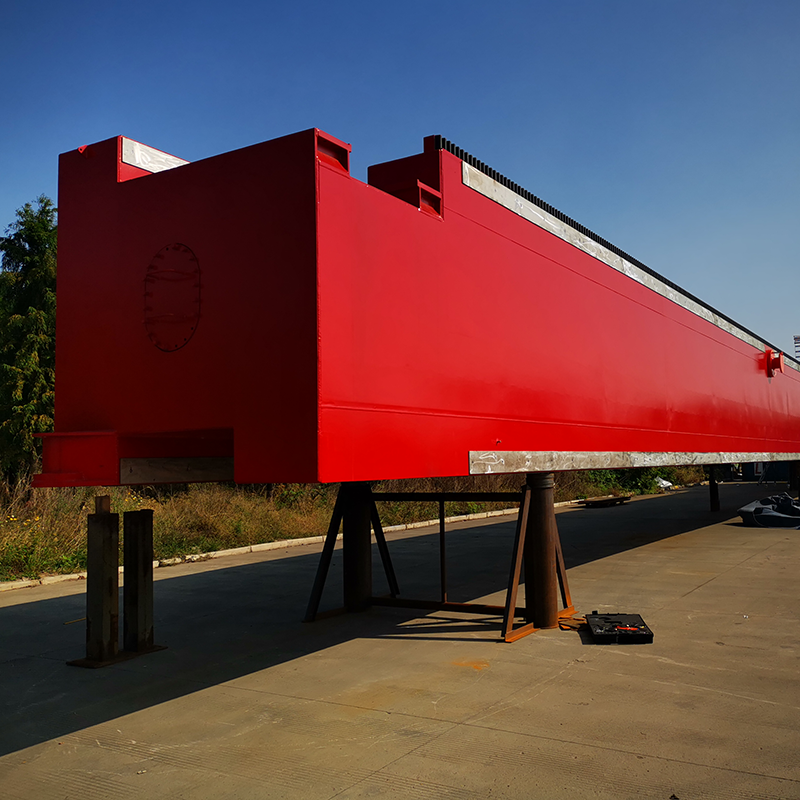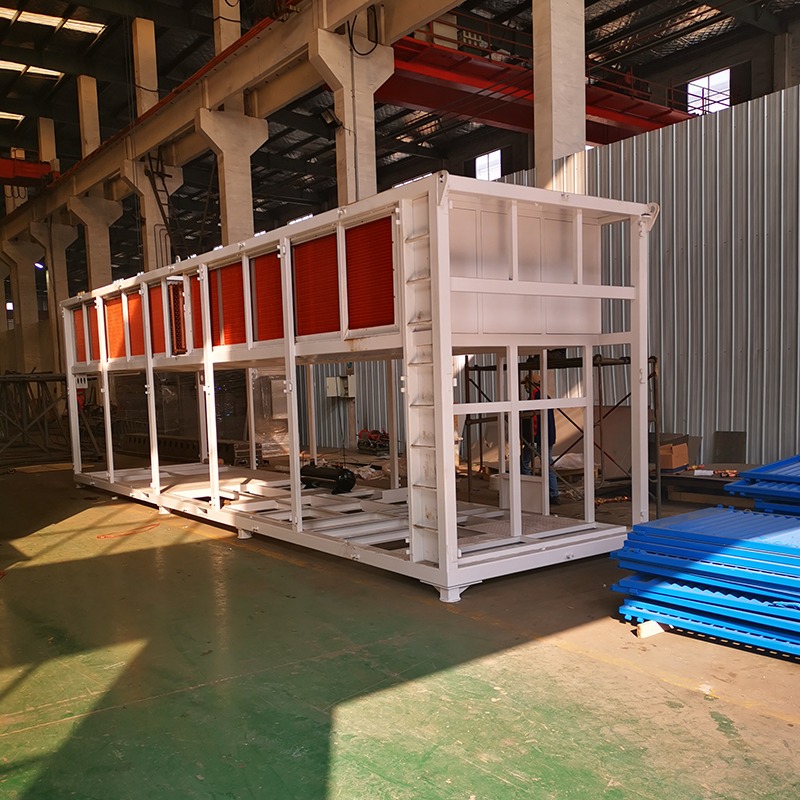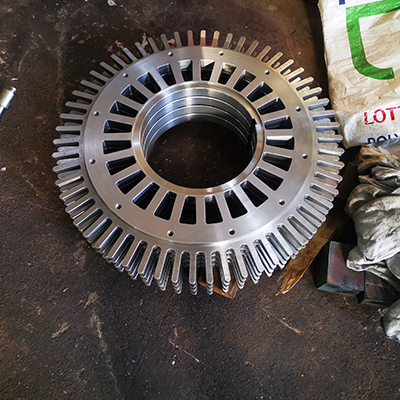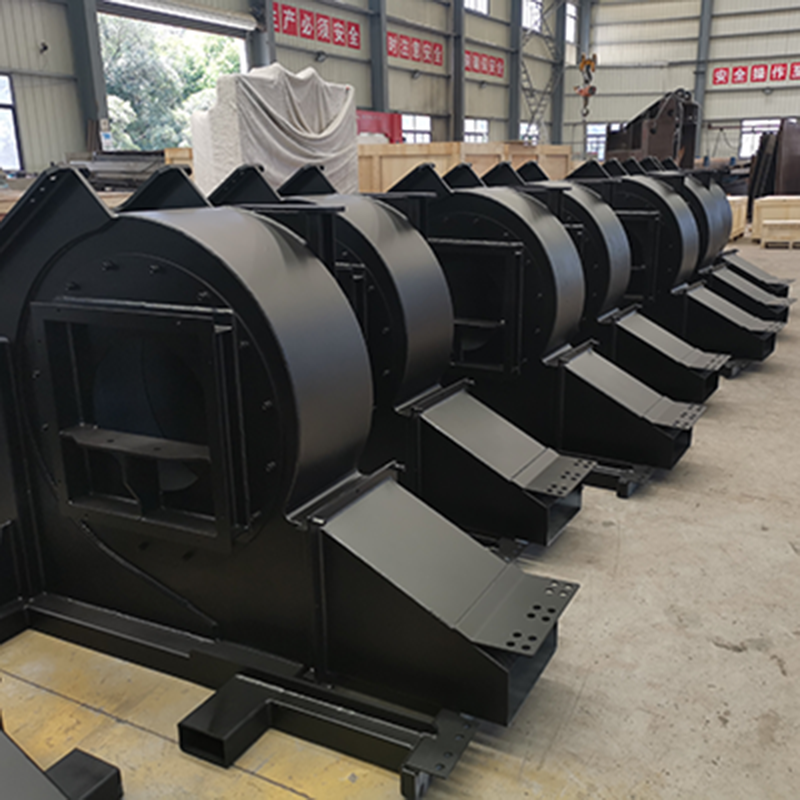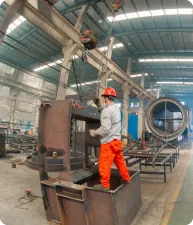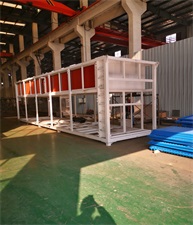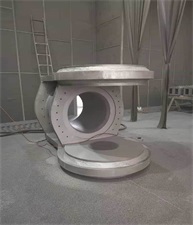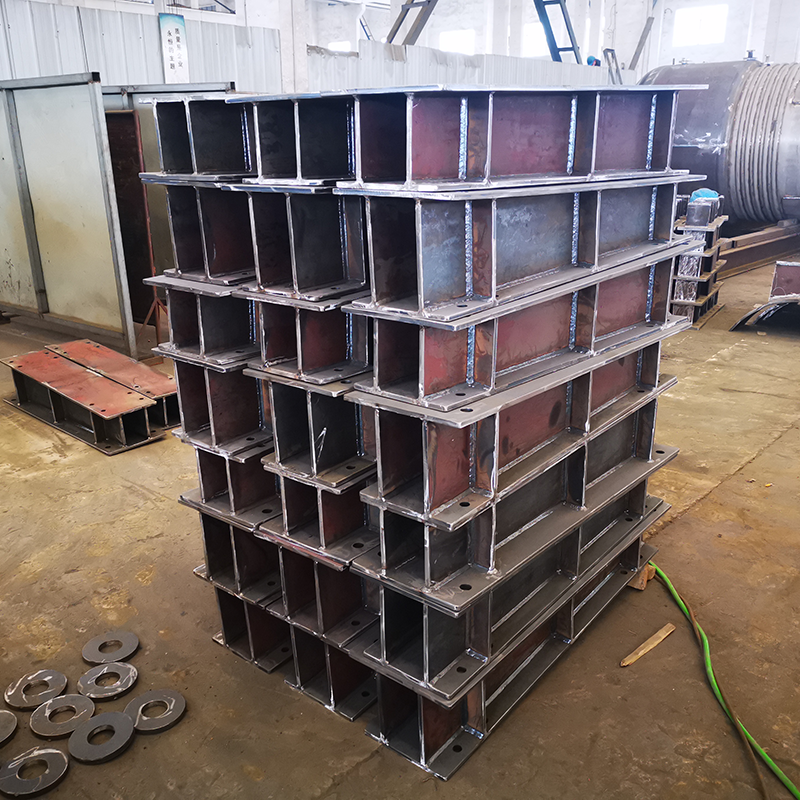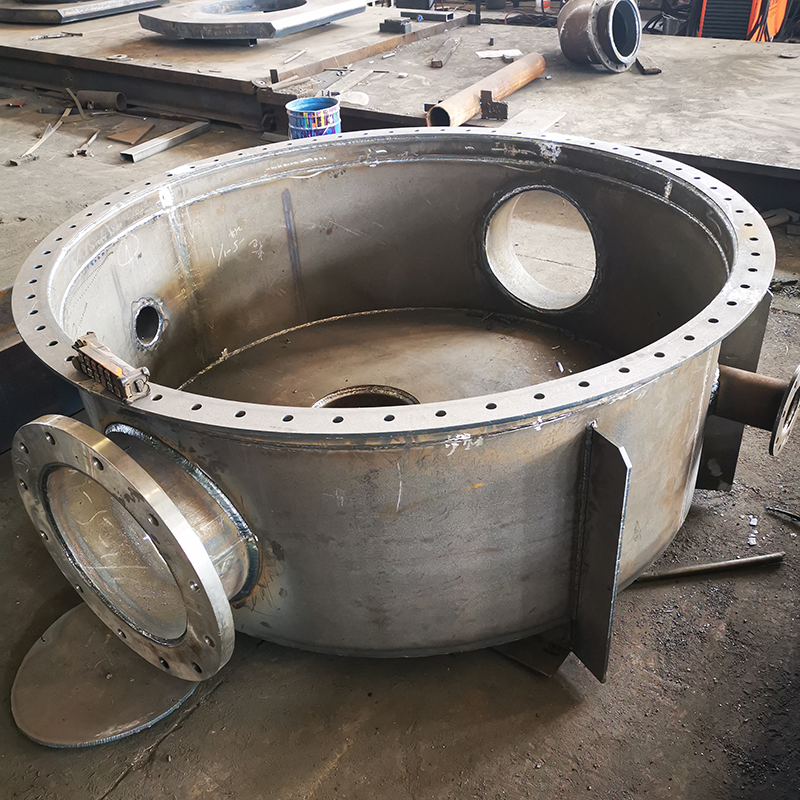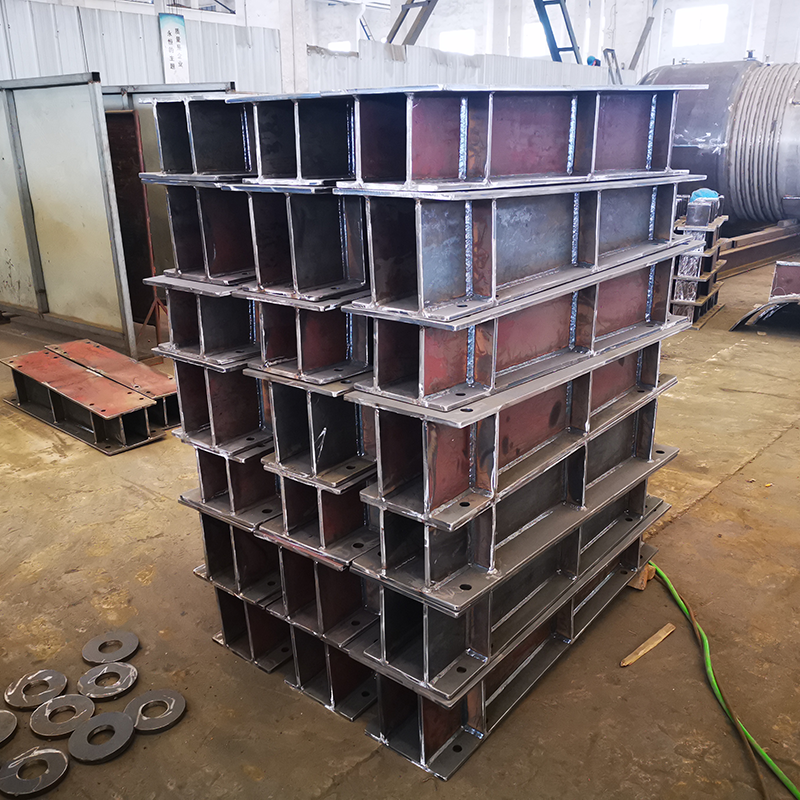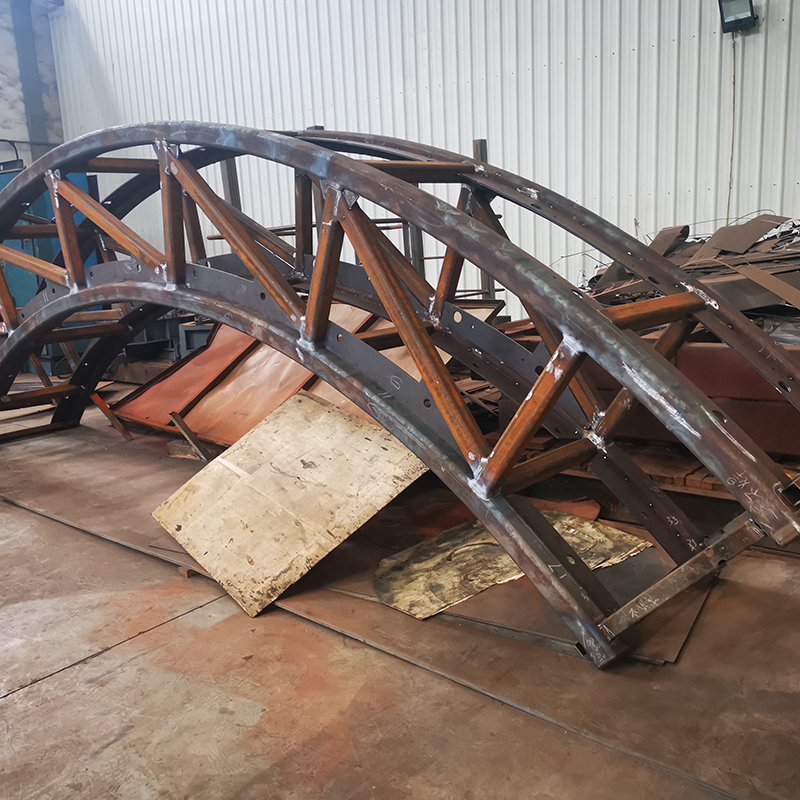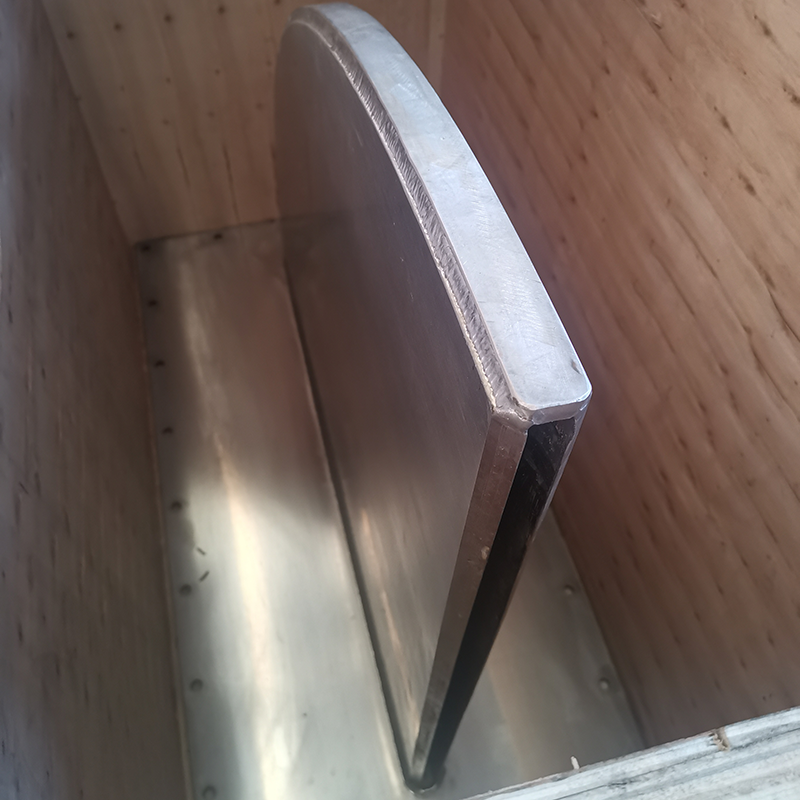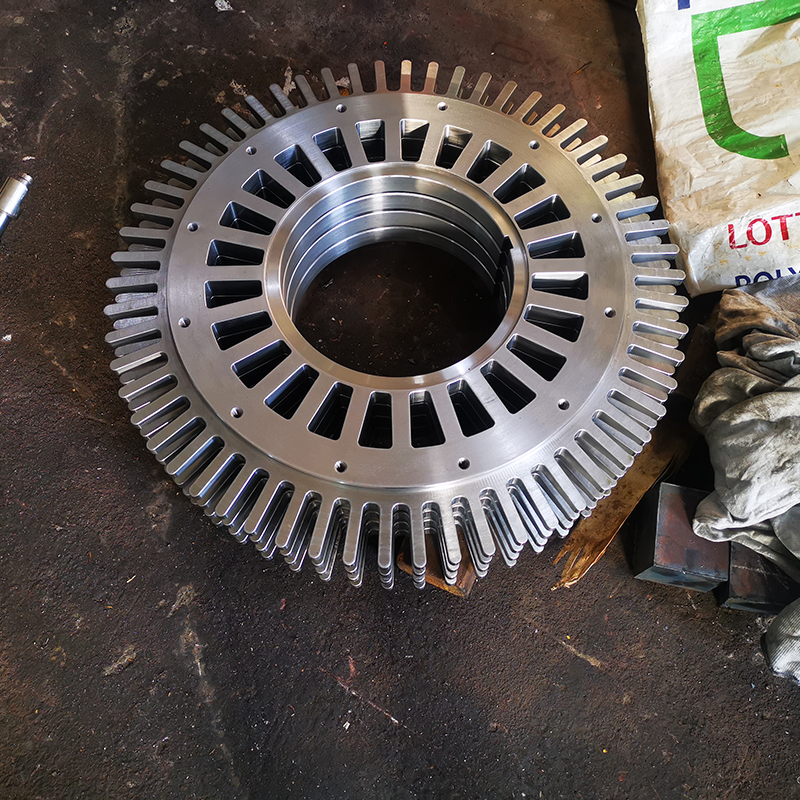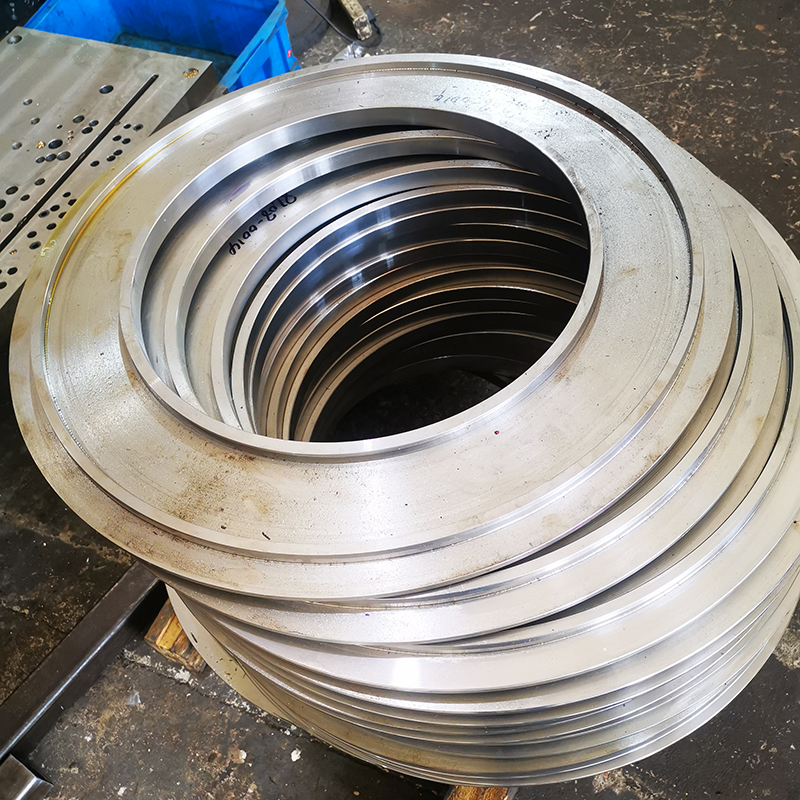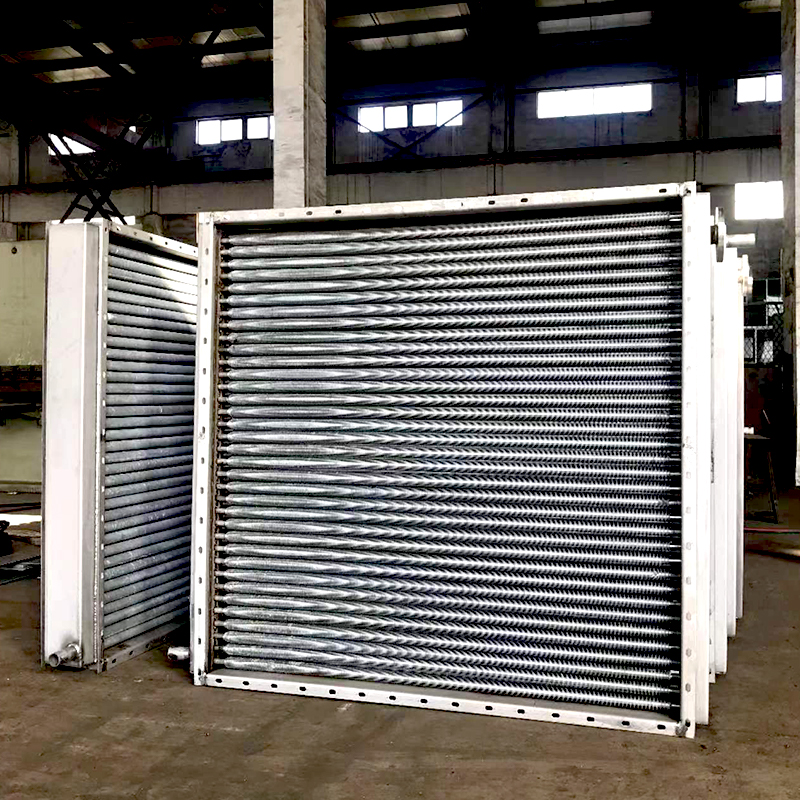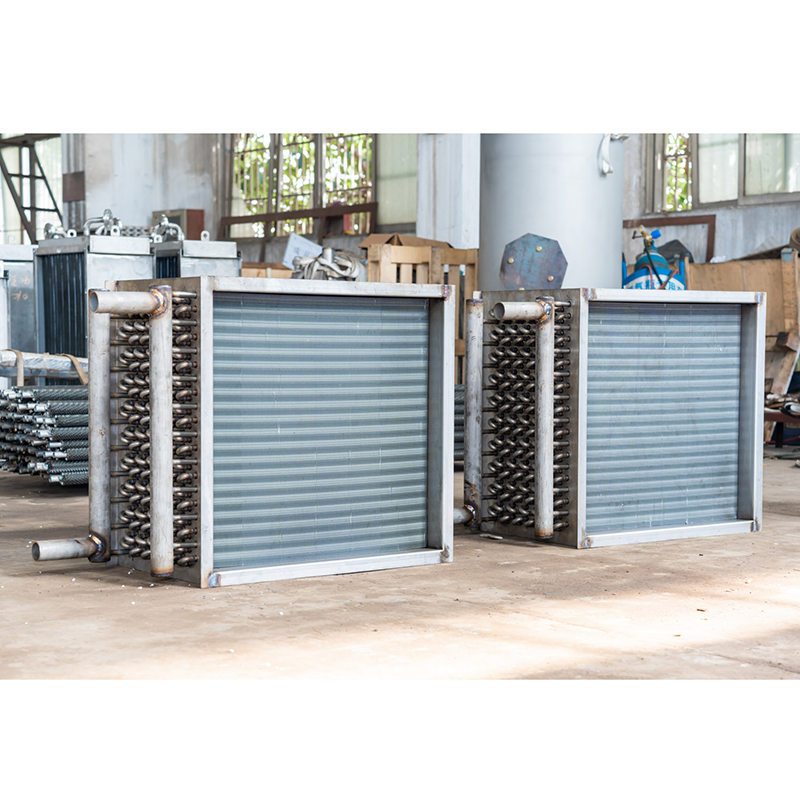Machined parts refer to mechanical components made through machining processes such as casting, forging, stamping, cutting, forming, grinding, polishing, etc. These components play important roles in various mechanical equipment and systems, used to transmit power, withstand loads, achieve motion and positioning functions. Machined parts can be applied to various industries, including automobiles, aviation, ships, mechanical manufacturing, electronic products, etc. The manufacturing process of machined parts usually includes the following steps:
1. Design: Based on the requirements of mechanical equipment or systems, designers will draw drawings of machined parts, including dimensions, shapes, materials, tolerances, and other requirements.
2. Material selection: Select suitable materials such as metals, plastics, ceramics, etc. based on the usage environment and performance requirements of the processed parts.
3. Casting or forging: For workpieces that require mass production, casting or forging processes are usually used to prepare blanks.
4. Cutting and forming: Cut the blank into the required size and perform forming processing, such as drilling, milling, turning, etc.
5. Processing: Through high-precision processing techniques such as grinding and polishing, the size and surface quality requirements of the machined parts are achieved.
6. Inspection: Inspect the dimensions, shape, surface quality, and other aspects of the processed parts to ensure that they meet the design requirements.
7. Heat treatment and surface treatment: Heat treatment (such as annealing, quenching, tempering, etc.) and surface treatment (such as plating, coating, etc.) shall be carried out on the machined parts as needed to improve their performance and wear resistance.
8. Assembly: Assemble machined parts with other components to form a complete mechanical equipment or system. The quality of machined parts directly affects the performance and reliability of the entire mechanical equipment or system. Therefore, it is necessary to strictly control each link in the manufacturing process to ensure the quality of the processed parts.
Product specifications
Material: high-strength alloy steel, aluminum alloy, titanium alloy, etc.
Surface coating types: anti-corrosion coating, anodizing, chrome plating, etc.
Tolerance range: ±0.005mm
Processing methods: CNC turning, CNC milling, grinding, etc.
Quality inspection: three-coordinate measuring instrument, ultrasonic flaw detector, microhardness tester
Technical requirements for machining of mechanical parts
Contour processing of parts:
1. The tolerance of unmarked shape shall comply with the requirements of GB1184-80.
2. The allowable deviation of unmarked length dimension is ±0.5mm.
3. The radius of unmarked fillet is R5.
4. All unmarked chamfers are C2.
5. Sharp corners are blunted.
6. Sharp edges are blunted and burrs are removed.
Surface treatment of parts:
1. There should be no scratches, abrasions and other defects that damage the surface of parts on the machined surface of parts.
2. The machined thread surface is not allowed to have defects such as black skin, bumps, random buckles and burrs.
All steel parts that need to be painted must be free of rust, scale, grease, dust, dirt, salt and dirt before painting.
3. Before rust removal, use organic solvents, alkali solution, emulsifier, steam, etc. to remove grease and dirt on the surface of steel parts.
4. The time interval between the surface to be painted after shot peening or manual rust removal and the primer shall not be more than 6h.
5. The surfaces of the riveted parts in contact with each other must be coated with 30-40μm anti-rust paint before connection. The overlapping edges should be sealed with paint, putty or adhesive. Primer damaged by processing or welding should be repainted.
Heat treatment of parts:
1. After quenching and tempering, HRC50-55.
2. Medium carbon steel: 45 or 40Cr parts are high-frequency quenched, tempered at 350-370℃, HRC40-45.
3. Carburizing depth 0.3mm.
4. High temperature aging treatment.
Technical requirements after finishing
1. The finished parts shall not be placed directly on the ground, and necessary support and protection measures shall be taken. 2. The processed surface is not allowed to have rust and defects such as bumps and scratches that affect performance, life or appearance.
3. The surface of the finished rolling shall not have peeling after rolling.
4. The surface of the parts after the final process heat treatment should not have oxide scale. The mating surface and tooth surface after fine machining should not have annealing
Sealing treatment of parts:
1. Each seal must be soaked in oil before assembly.
2. Strictly check and remove the sharp corners, burrs and foreign matter left during the processing of the parts before assembly. Ensure that the seal is not scratched when installed.
3. The excess adhesive that flows out should be removed after bonding.
Technical requirements for gears:
1. After the gear is assembled, the contact spots and side clearances of the tooth surface should comply with the provisions of GB10095 and GB11365.
2. The reference end face of the gear (worm wheel) and the shaft shoulder (or the end face of the positioning sleeve) should fit, and check with a 0.05mm feeler gauge. And the verticality requirements of the reference end face of the gear and the axis should be guaranteed.
3. The joint surface of the gear box and the cover should be in good contact.
Technical requirements for bearings:
1. The assembly of rolling bearings allows the use of engine oil heating for hot installation, and the oil temperature shall not exceed 100℃.
2. The outer ring of the bearing and the semicircular holes of the open bearing seat and the bearing cover are not allowed to get stuck.
3. The outer ring of the bearing should have good contact with the semicircular holes of the open bearing seat and the bearing cover. When checking with color, it should be evenly in contact with the bearing seat within the range of 120° symmetrical to the center line and the bearing cover within the range of 90° symmetrical to the center line. When checking with a feeler gauge within the above range, the 0.03mm feeler gauge should not be inserted into 1/3 of the outer ring width.
4. After the outer ring of the bearing is assembled, it should be evenly in contact with the end face of the positioning end bearing cover.
5. After the rolling bearing is installed, it should be flexible and stable to rotate by hand.
6. The joint surface of the upper and lower bearing shells should be tightly fitted, and it should not be inserted when checked with a 0.05mm feeler gauge.
7. When fixing the bearing shell with a locating pin, it should be drilled and pinned while ensuring that the shell mouth surface and end face are flush with the opening and closing surface and end face of the relevant bearing hole. The pin should not be loose after being driven in.
8. The bearing body of the spherical bearing should be evenly in contact with the bearing seat. When checking with the color method, the contact should not be less than 70%.
9. Alloy bearings are not allowed to be used when the surface of the bearing liner is yellow. There is no core separation phenomenon within the specified contact angle, and the core separation area outside the contact angle shall not be greater than 10% of the total area of the non-contact area.
Technical requirements for screws, bolts and nuts:
1. When tightening screws, bolts and nuts, it is strictly forbidden to hit or use inappropriate screwdrivers and wrenches. After tightening, the screw slots, nuts and screw and bolt heads shall not be damaged.
2. For fasteners with specified tightening torque requirements, torque wrenches must be used and tightened according to the specified tightening torque.
3. When the same part is tightened with multiple screws (bolts), each screw (bolt) must be tightened crosswise, symmetrically, step by step and evenly.
4. The flat key and the two sides of the keyway on the shaft should be in uniform contact, and there should be no gap between the mating surfaces.
Technical requirements for repair welding:
1. Before repair welding, defects must be completely removed, and the groove surface should be repaired to be smooth and round, without sharp corners.
2. According to the defects of steel castings, the defects in the welding repair area can be removed by shoveling, grinding, carbon arc gouging, gas cutting or mechanical processing.
3. The sand, oil, water, rust and other dirt within 20mm around the welding repair area and the groove must be thoroughly cleaned.
4. During the whole process of welding repair, the temperature of the preheating zone of the steel casting shall not be lower than 350°C.
5. When conditions permit, welding should be performed in a horizontal position as much as possible.
6. During welding repair, the welding rod should not have excessive lateral swing.
7. When welding the surface of steel castings, the overlap between welds shall not be less than 1/3 of the weld width.
Technical requirements for castings:
1. The tolerance zone of the casting is symmetrical to the basic size configuration of the blank casting.
2. There are no cold shuts, cracks, shrinkage holes, penetration defects and serious incomplete defects (such as undercasting, mechanical damage, etc.) on the surface of the casting.
3. The casting should be cleaned and there should be no burrs or flash. The pouring and riser on the non-processed surface should be cleaned and flush with the casting surface.
4. The casting characters and logos on the non-machined surface of the casting should be clearly identifiable, and the position and font should meet the requirements of the drawing.
5. The roughness of the non-machined surface of the casting, sand casting R, shall not exceed 50μm.
6. The casting should be free of pouring spouts, burrs, etc. The pouring spout residue on the non-machined surface should be scraped and polished to meet the surface quality requirements.
7. The molding sand, core sand and core bone on the casting should be cleaned.
8. The dimensional tolerance band of the inclined part of the casting should be symmetrically arranged along the inclined surface.
9. The molding sand, core sand, core bone, fleshy, sticky sand, etc. on the casting should be scraped and polished and cleaned.
10. The right and wrong type, the boss casting deviation, etc. should be corrected to achieve a smooth transition to ensure the appearance quality.
11. The wrinkles on the non-machined surface of the casting should be less than 2mm in depth and the spacing should be greater than 100mm.
12. The non-machined surfaces of machine product castings must be shot peened or roller treated to meet the cleanliness requirements of Sa2 1/2.
13. Castings must be water-toughened.
14. The surface of the casting should be flat, and the gate, burrs, and sticky sand should be cleaned up.
15. Casting defects such as cold shut, cracks, and holes that are detrimental to use are not allowed in castings.
Technical requirements for forgings:
1. The nozzle and riser of each steel ingot should have sufficient removal to ensure that the forging has no shrinkage holes and severe deflection.
2. Forgings should be forged on a forging press with sufficient capacity to ensure that the forging is fully forged through.
3. Forgings are not allowed to have cracks, folds, and other appearance defects that affect use that are visible to the naked eye. Local defects can be removed, but the cleaning depth shall not exceed 75% of the machining allowance. Defects on the non-machined surface of the forging should be cleaned up and smoothly transitioned.
4. White spots, internal cracks, and residual shrinkage holes are not allowed in forgings.
Assembly technical requirements:
1. When assembling the hydraulic system, it is allowed to use sealing packing or sealant, but it should be prevented from entering the system.
2. Parts and components (including purchased parts and outsourced parts) entering the assembly must have a certificate of conformity issued by the inspection department before assembly.
3. Parts must be cleaned and washed before assembly, and there must be no burrs, flash, oxide scale, rust, chips, oil, colorant and dust.
4. Before assembly, the main matching dimensions of parts and components, especially the interference fit dimensions and related accuracy, should be reviewed.
5. Parts are not allowed to be knocked, bumped, scratched or rusted during assembly.
6. When assembling the conical pin, the hole should be checked for coloring, and the contact rate should not be less than 60% of the matching length, and should be evenly distributed.
7. The number of tooth surfaces that are in contact at the same time in the spline assembly shall not be less than 2/3, and the contact rate shall not be less than 50% in the length and height direction of the key teeth.
8. After the sliding fit flat key (or spline) is assembled, the matching parts move freely and there shall be no uneven tightness.
9. All pipes should be free of flash and burrs and chamfered before assembly. Use compressed air or other methods to remove debris and floating rust attached to the inner wall of the pipe.
10. Before assembly, all steel pipes (including prefabricated pipes) must be degreased, pickled, neutralized, washed and rust-proofed.
11. During assembly, the threaded fixing parts of pipe clamps, supports, flanges and joints should be tightened to prevent loosening.
Contact Information for Machined Components Inquiries
For more information about Machined Components or to obtain customized solutions, please contact us:
- Contact Person: Frank
- Tel: 86-510-82305188-8060
- Mobile: 86-18605101203
- Mail: frankgu@cmecwuxi.com
- Address: 15-16F, Building A10, No. 777, JianZhu West Road, Binhu District, Wuxi, Jiangsu, 214072. P.R. China
We look forward to collaborating with you and providing robust support and services for your business.

